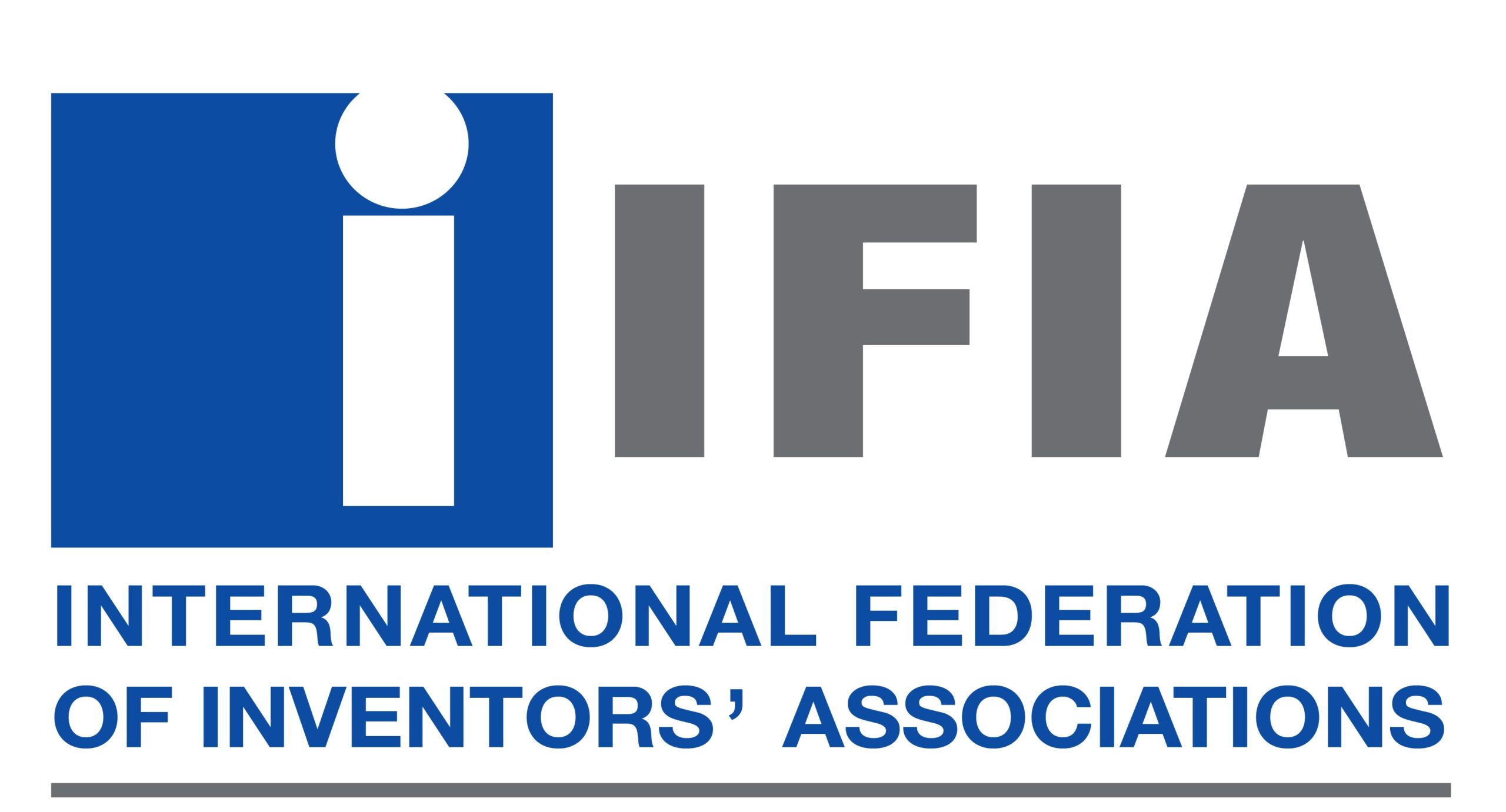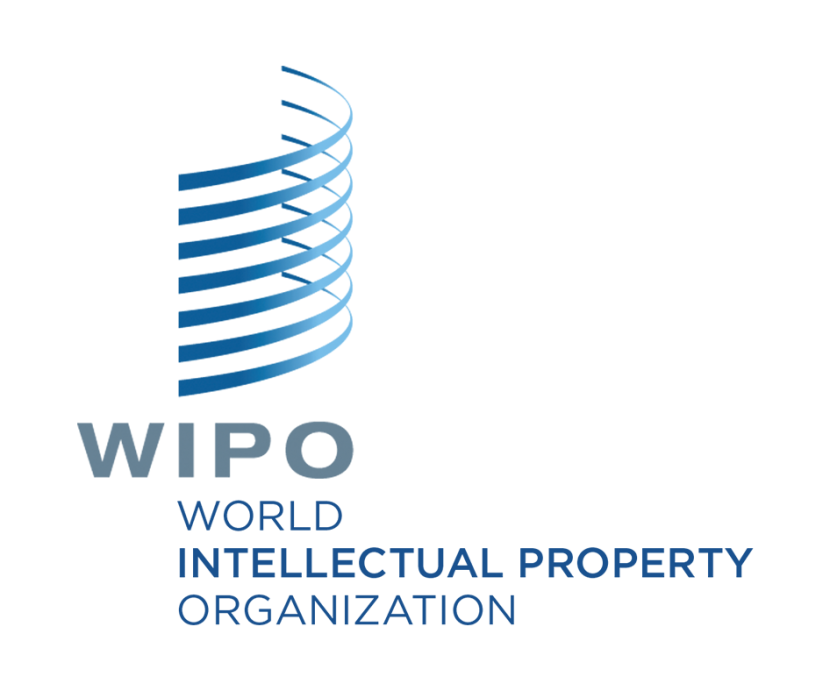However, their widespread usage has raised numerous concerns about their impact on human health, the environment, and the overall sustainability of our consumption patterns. The chemical content in these products poses challenges to our well-being and the planet at large.
The widespread use of chemical products has led to significant environmental consequences, including air and water pollution, soil contamination, and biodiversity loss. These products contain toxic ingredients that can adversely affect human health through toxic exposure, indoor air quality degradation, endocrine disruption, and bioaccumulation. Harmful volatile organic compounds (VOCs) released from chemical consumer products contribute to air pollution, while improper disposal and runoff lead to water contamination.
Thus, the best alternative to these chemical products is eco-friendly products. The main objective of this project is to study the effectiveness of eco bleach in removing various types of stains, such as those on toilet bowls, mirrors, tiles, oil surfaces, curry surfaces, ink surfaces, and paint surfaces, produced from papaya leaves, pineapple waste (stem, leaves, and peels), citrus maxima peels, and Phyllanthus.
In this investigation, papaya leaves, pineapple waste (peels, stem, and leaves), citrus maxima peels, and Phyllanthus acidus were utilized to produce eco-friendly bleach to remove different types of stains. Data was collected using a qualitative method, taking pictures of surfaces before and after spraying with eco bleach to assess stain removal on various materials.
Based on observation and data results, eco bleach is effective in cleaning different types of stains. Apart from this, the product is organic and not harmful to humans. Furthermore, pineapple waste contains a significant amount of an enzyme called Bromelain. Bromelain is a protease enzyme that enables the breakdown of macromolecules into smaller parts, leading to cleaning effects.
This eco bleach is renewable, organic, safe to use, biodegradable, sustainable, cost-effective, and environmentally friendly compared to chemical bleach.












